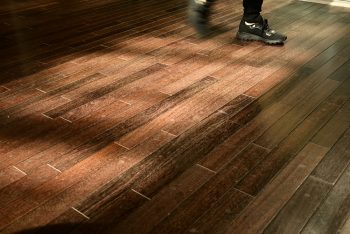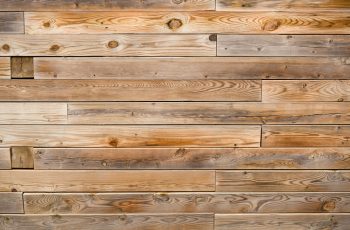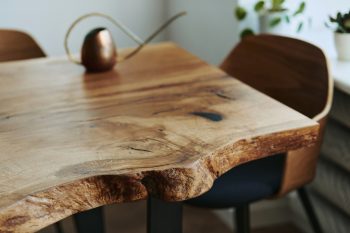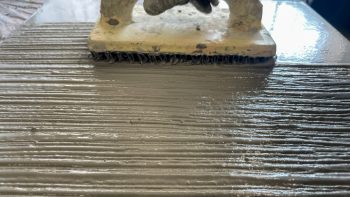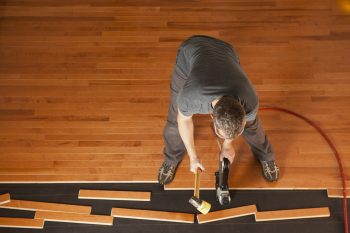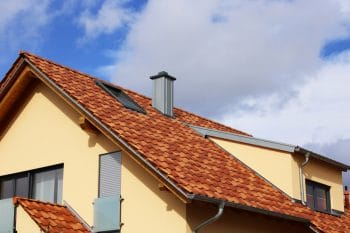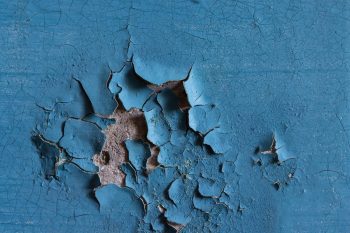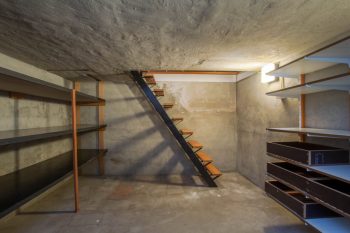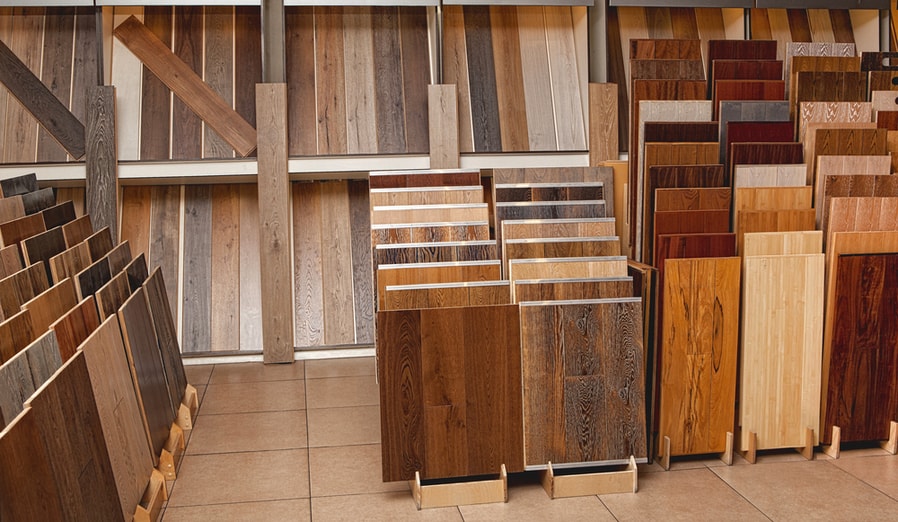
Are you planning to build a new house? Building a house can either be an exciting season of our life or the most stressful, or both. Do you feel you’ve outgrown your old home? A second floor will give you more living space without moving out.
Either way, we all face the same issue, whether it’s a new house construction or renovation project. What is the best flooring for a second floor? Which material is the best where style can meet comfort? Which is more practical and sustainable?
It would be best to consider your lifestyle and your family’s needs. Do you have children? Toddlers have different needs compared to teenagers. Since toddlers are at a learning stage, they tend to make a mess, spill paint, and write on the walls and floors.
Although they may learn to look after themselves, teenagers may be noisier than younger kids, especially if you have a musically inclined child. So what is the best flooring for your second floor?
If you’re planning to change the flooring of your second floor, it is important to ensure that your foundation can support the weight of your new flooring. It would be best if you also considered the maintenance costs and sustainability.
If you live in a flood-prone area, consider getting a water-resistant floor. These are common factors that affect your flooring, and here are the types of floors that may resolve these concerns:
- Hardwood
- Laminate
- Vinyl
- Carpet
- Tiles
This article will cover the pros and cons of each type of flooring, so you can decide which best fits your location, lifestyle, and family’s needs.
Things To Consider
Before choosing which flooring to use for your second floor, let us discuss these factors that can greatly affect your flooring’s renovation costs, durability, maintenance, noise management, and comfort.
Your Foundation
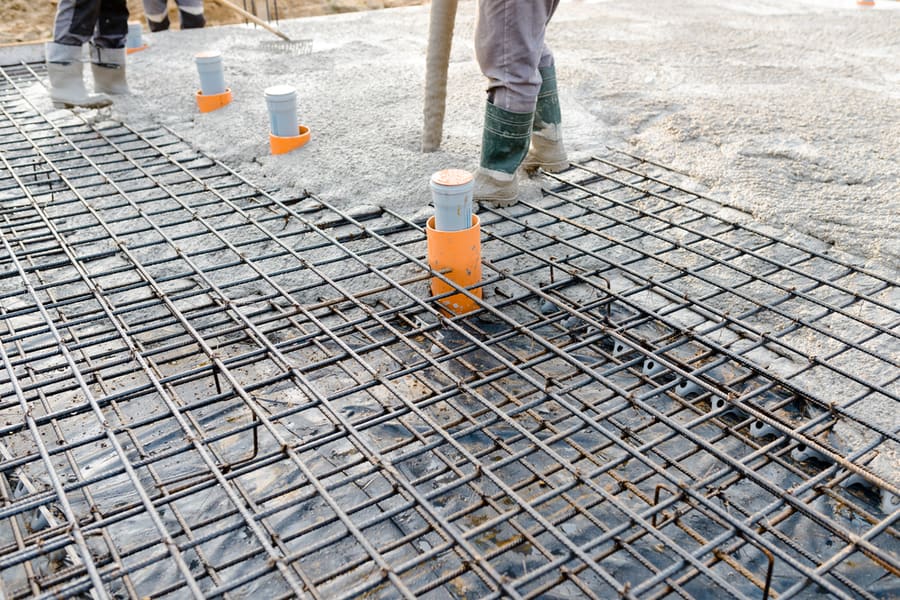
This is perhaps one of the most important factors when choosing which flooring to use. Can your foundation handle the weight of the second-floor flooring? Ensuring you have a strong foundation is important so your house can withstand anything.
Usually, single-story houses cannot hold the weight of a second story. However, foundations can be reinforced. You need to consult an engineer to see what structure modifications are needed.
Maintenance
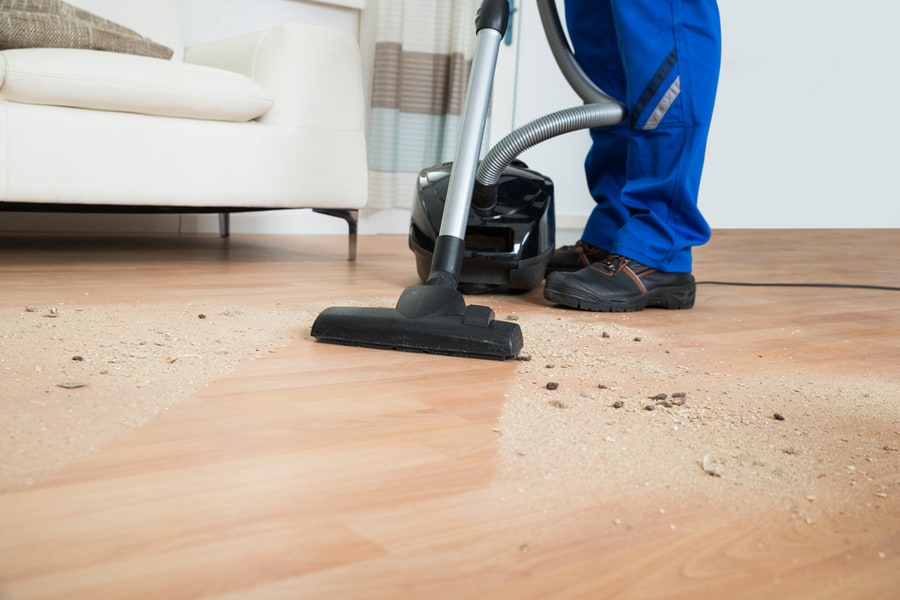
Nothing will last forever, and anything is susceptible to damage. No matter which material you use for your second-floor flooring, you will still have to set a budget for regular maintenance.
If you have a tight budget and are tempted to choose cheap flooring, consider the maintenance cost of getting it fixed yearly.
There are choices out there that can minimize your maintenance expenses. Choose floorings that are easy to clean, especially if you have a kid, and will last for years even if you constantly scrub them or use disinfectants.
Noise
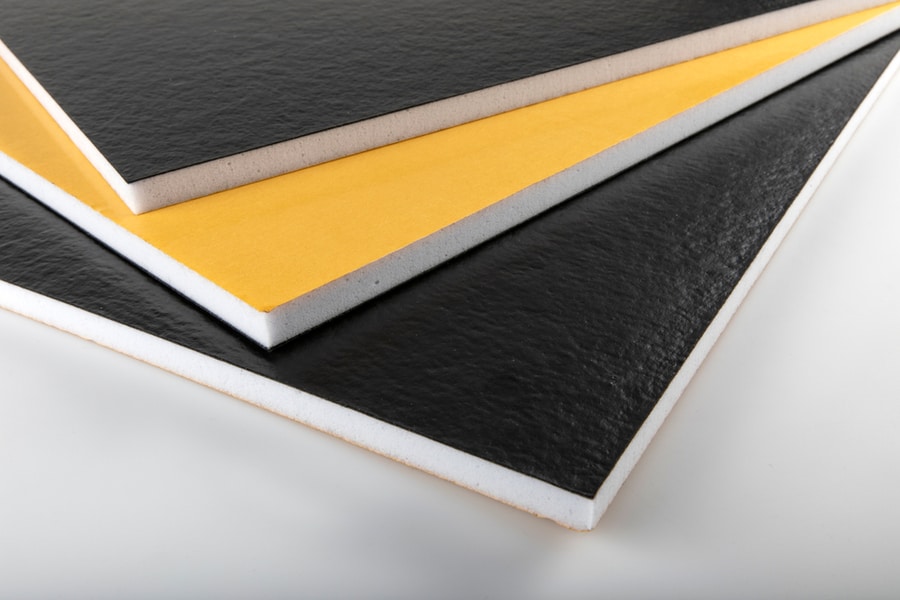
Let us clarify: when you’re on the first floor, it is not normal to hear the creaking of the bed on the second floor.
You are not in a paranormal event, and nothing strange is happening in the house. Chances are, you have bad flooring. Normal sounds should not be heard through the floor.
Comfort
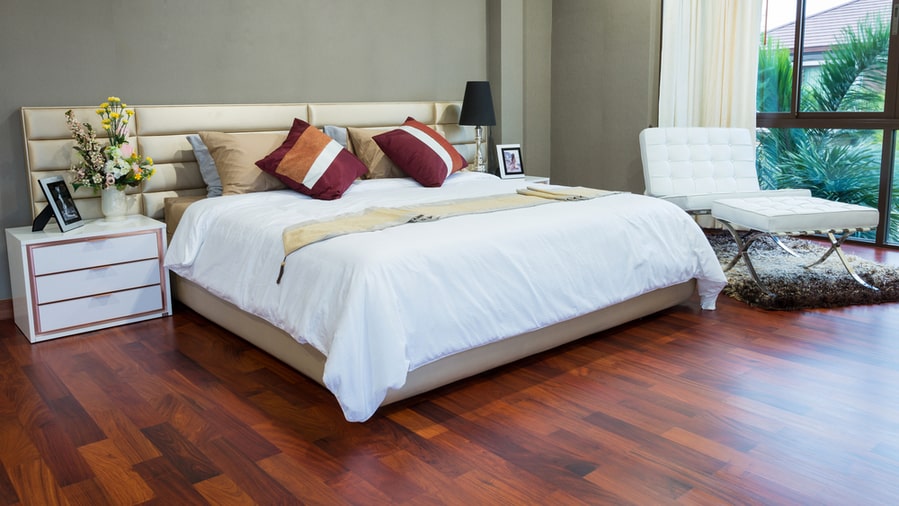
The second floor is most commonly used for bedrooms.
Choose a floor that is comfortable on your feet, even when walking barefoot.
Water Resistance
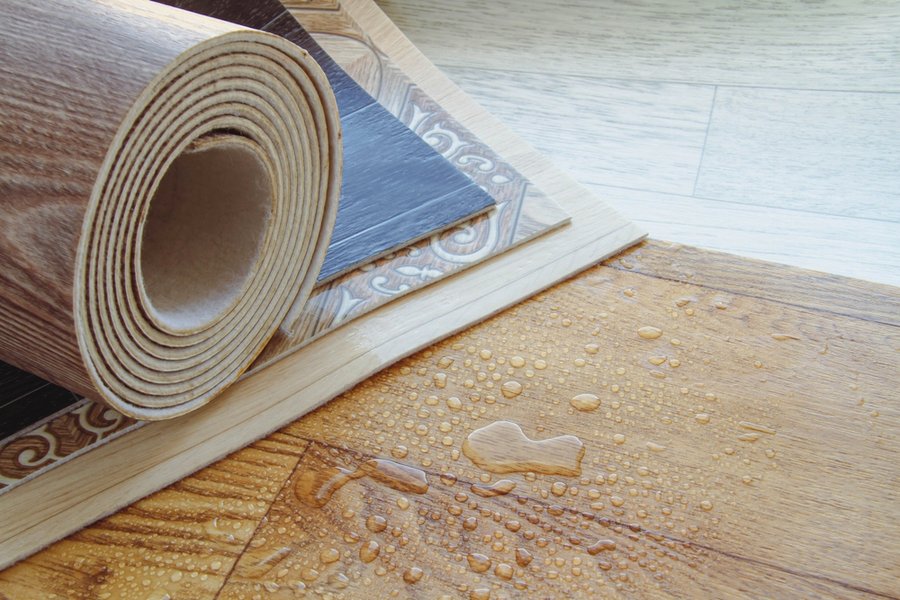
Statistics show that in some states, such as Florida, one in six homes is in floodplains. The same statistic projected a magnified risk of more flood damages to U.S. homes in the next 30 years.
Moreover, water damages to home are not only because of flood and other natural calamities. Studies show that we waste almost 1 billion gallons of water from household leaks. Water damage is not a joke.
It is important to consider this, especially if you live in an area where flooding is common. Choosing water-resistant flooring can help minimize the damage cost if you ever face such calamity.
What Is the Best Flooring for a Second Floor?
Here are the five most popular flooring for a second floor.
1. Hardwood
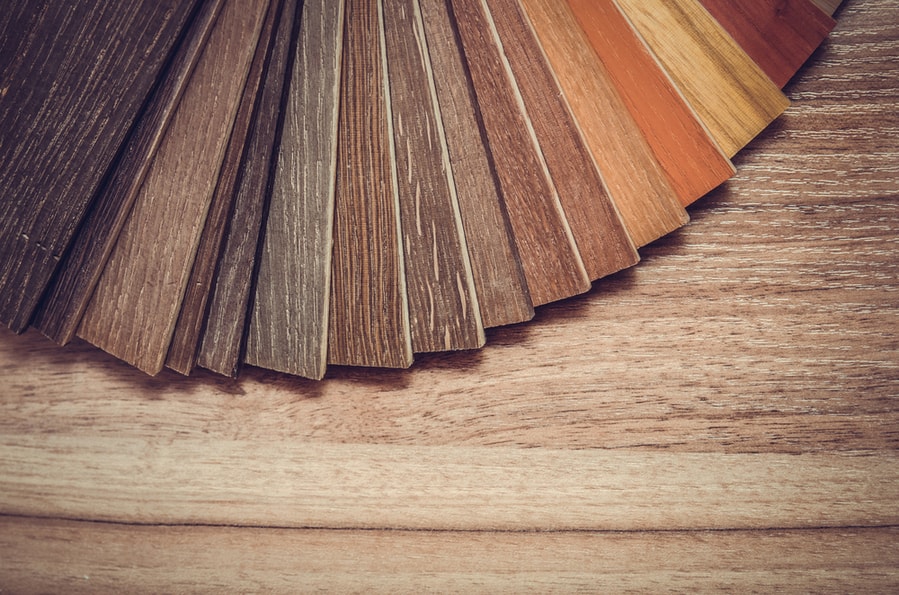
Hardwood floors are simple, subtle, and sophisticated. You can also use hardwood for cladding, paneling, and outdoor decks. It is the best option if you want longevity.
Hardwood floors are made from deciduous trees, which are slow growers compared to softwood. Some popular hardwoods are oak, eucalyptus, balsa, mahogany, blackbutt, red ironbark, and spotted gum.
Some species, like oak and mahogany, are rot-resistant and can withstand extreme weather because their natural oil makes them water-resistant, especially when it is coated with sealants such as polyurethane, varnish, and lacquer.
Sources show that wooden floors have sound insulating properties with proper installation and layering. Because hardwood trees are slow growers, they are generally more expensive. However, they are durable and require less maintenance.
- Appearance: Elegant, perfect for contemporary style.
- Noise: Has soundproof properties if installed properly
- Durability: Rot-resistant, weather-resistant
- Cost: Expensive
- Sustainability: Can be refinished
- Maintenance: Low
Pros: Hardwood floors are elegant, durable, and require low maintenance. They are also long-lasting. If they have scratches and become dull, you don’t need to replace them. You can hire somebody to refinish them or do it yourself.
Cons: Hardwood floors are expensive and not as renewable as other materials.
2. Laminate
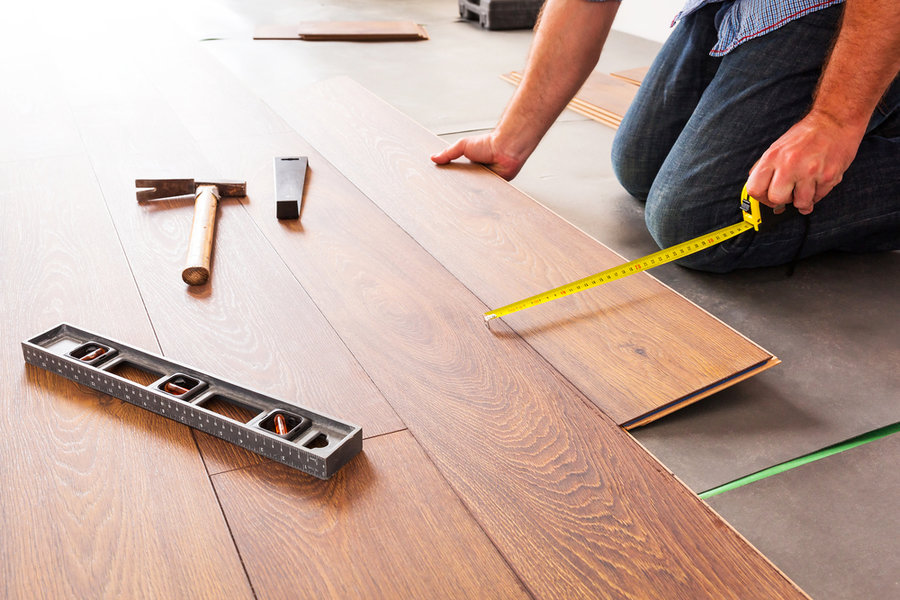
Are you into wooden floors but on a tight budget? A laminate floor could be the best option for you. Laminate flooring is a multi-layered product made from synthetic or composite materials.
The surface is a laminated image of wood, stone, and metal. The base layer is made of either plywood or fiberboard.
- Appearance: Artificial wood or stone
- Noise: Can be soundproof if properly installed
- Durability: It can withstand high foot traffic, but it’s not water-resistance
- Cost: Low cost
- Sustainability: Needs to be replaced when damaged
- Maintenance: Shouldn’t be mopped regularly; sensitive to water and strong chemicals
Pros: Laminate floors are inexpensive, eco-friendly, and hardwearing.
Cons: Laminate floors look artificial and are noisier than hardwood. They are not water-resistant. Once they are damaged, they must be replaced.
Laminate floors should only be mopped once every month or two. Use a damp mop and laminate-safe cleaning products when cleaning the floor.
3. Vinyl
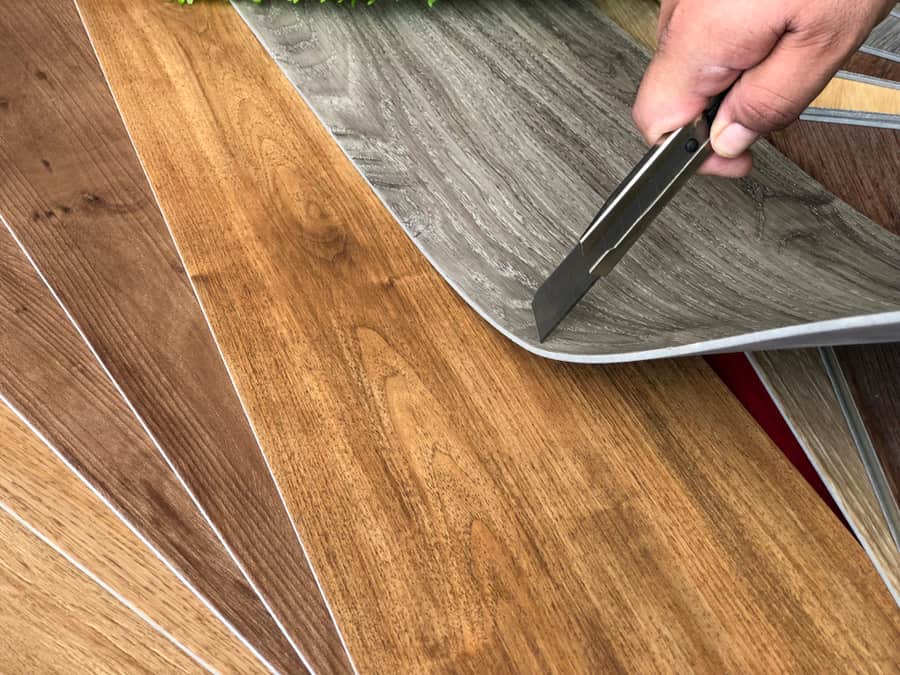
Vinyl floors look just like linoleum, but their compositions are different.
Although according to studies, linoleum and hardwood are more eco-friendly than vinyl. However, vinyl is more durable than linoleum.
Vinyl will survive high-moisture areas like the kitchen or bathroom.
- Appearance: Synthetic wood or grains
- Noise: Soundproof with underlayment
- Durability: Durable, water-proof
- Cost: Low cost
- Sustainability: Other materials are more eco-friendly
- Maintenance: Low
4. Carpet
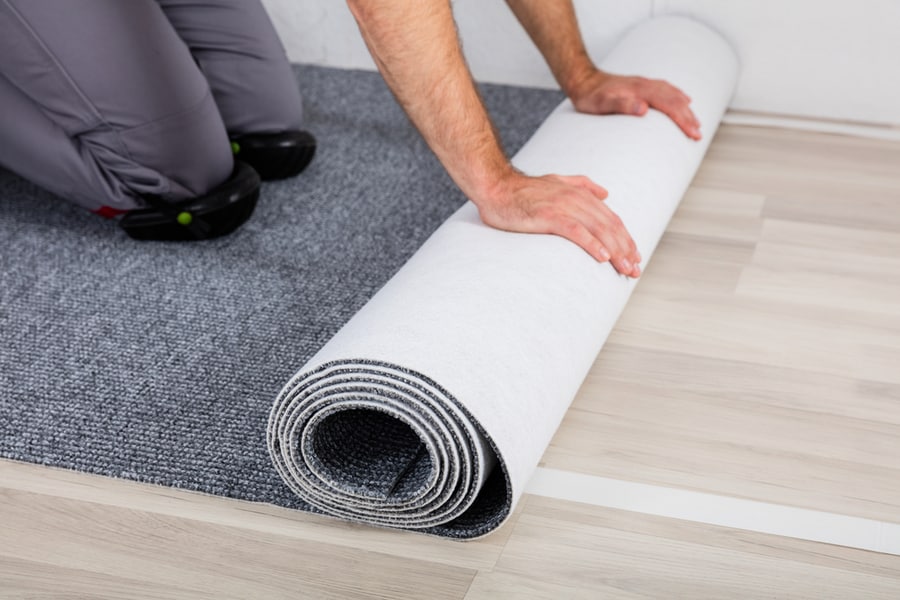
Carpets are a soft, comfortable, and cozy option. They are perfect for houses that live in cold areas. Although they greatly reduce noise, carpets are not advisable for wet areas like bathroom floors.
They are also highly flammable and are not the type of flooring for you if you smoke cigarettes. Synthetic carpets now have water-resistant properties, but antique oriental carpets aren’t.
- Appearance: Has many color varieties, designs, and textures
- Noise: Soundproof
- Durability: It depends on the material; synthetic and polyester are more durable than oriental rugs
- Cost: Low
- Maintenance: High
5. Tiles
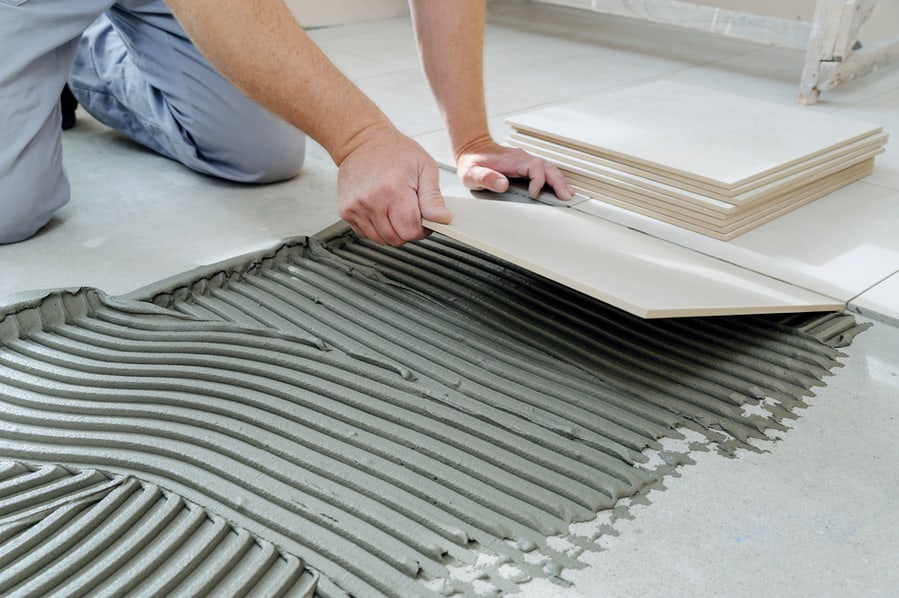
Ceramic tiles are cheaper than hardwood floors but more expensive than laminate floors.
- Appearance: Elegant, clean
- Noise: High
- Durability: Durable
- Cost: Medium-priced
- Sustainability: Highly sustainable
- Maintenance: Low
Optional
Although the material of your flooring greatly contributes to noise reduction, technology now offers us a variety of ways to make our flooring impervious to noise.
Here are some of the techniques you can do to reduce the noise coming from your second floor:
Install an Underlayment
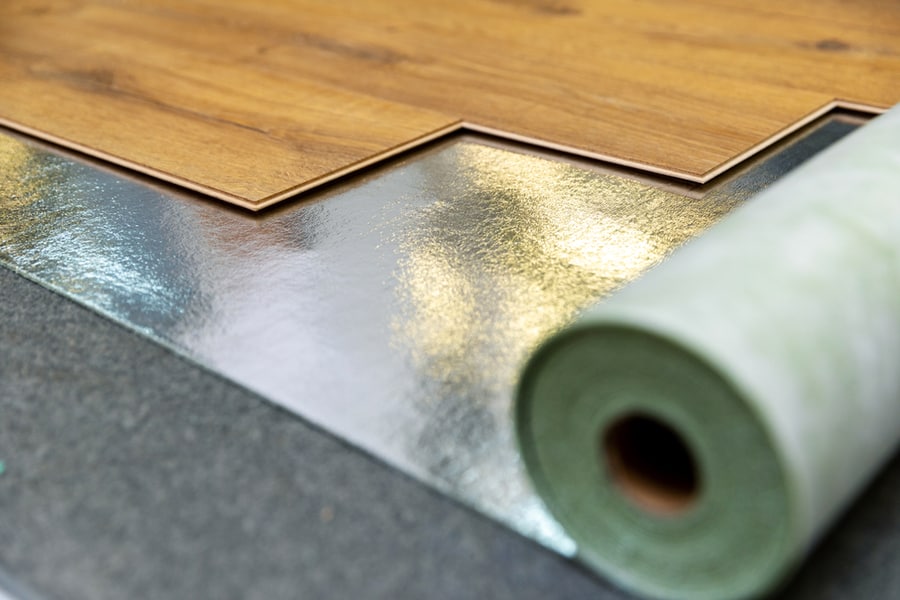
If you’re having a problem with noise or think your floors are cold, you may install a layer of padding under your floor.
You can use various materials like plywood, fiber padding, or foam. Floor underlayment offers to cushion your second-floor bedroom, making it comfortable to walk barefoot.
Adding a Subfloor
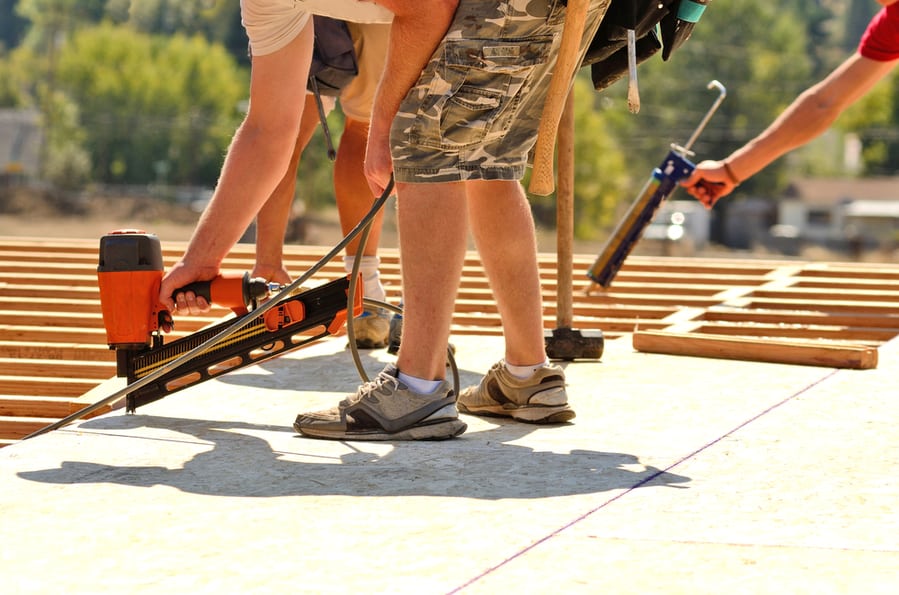
A subfloor should be installed during construction as part of your home structure. It provides stability and support to the existing floor.
Summary
- Hardwood floors are the best for your second floor if you have a great budget and aim for longevity.
- Tiles are cheaper than hardwood but more expensive and durable than laminate floors.
- Laminate floors are cheap and easy to install; however, they are not water-resistant.
- Vinyl floors are made of low-cost and durable materials but are not eco-friendly.
- Carpets are incredibly beautiful but require high maintenance. They are also highly flammable.
Frequently Asked Questions
What Should I Put Between Two Floors?
Create a transition between two floors of equal height by adding a T-molding or transition strip.
What Is the Best Flooring for a Second-Floor Bathroom?
Ceramic and porcelain tiles are the best options for second-floor bathrooms. They are durable, easy to maintain, and have wide varieties, colors, and textures.
What Type of Flooring Is Best for Soundproofing?
Regarding soundproofed floors, carpet is the easiest option because it provides soft cushioning for our footsteps. However, any type of flooring can be soundproof with proper underlayment, subflooring, and installation.
Is Laminate Flooring Noisy Upstairs?
Laminate floors are durable from high foot traffic. However, walking on a laminate floor can be loud if you don’t install a floor underlayment.
